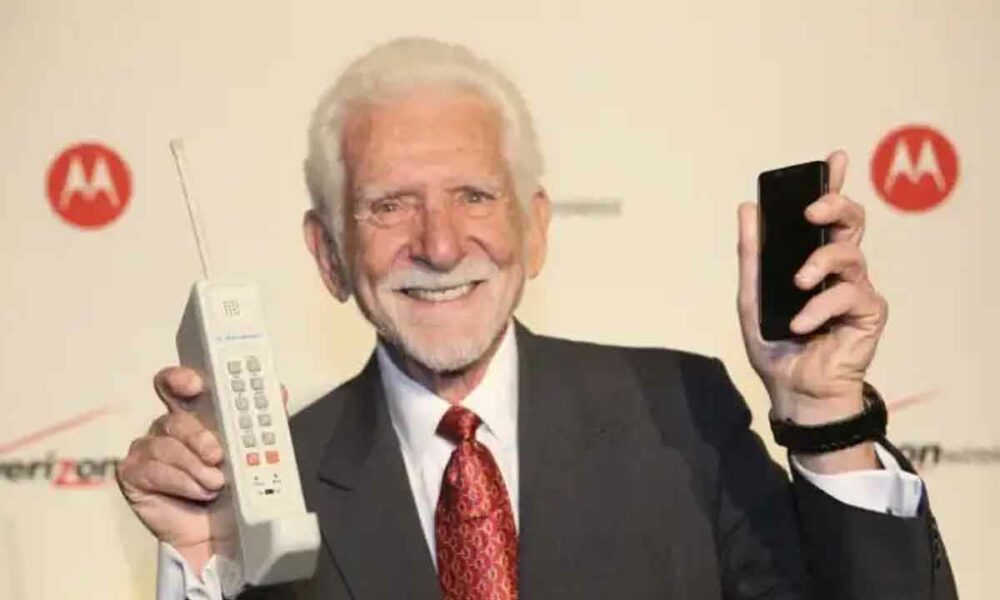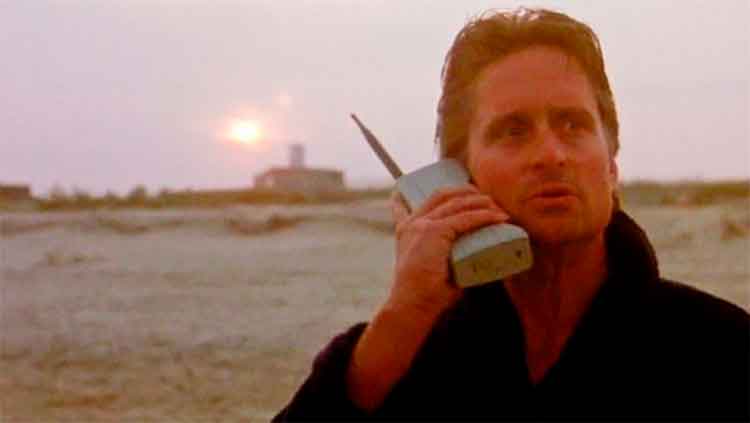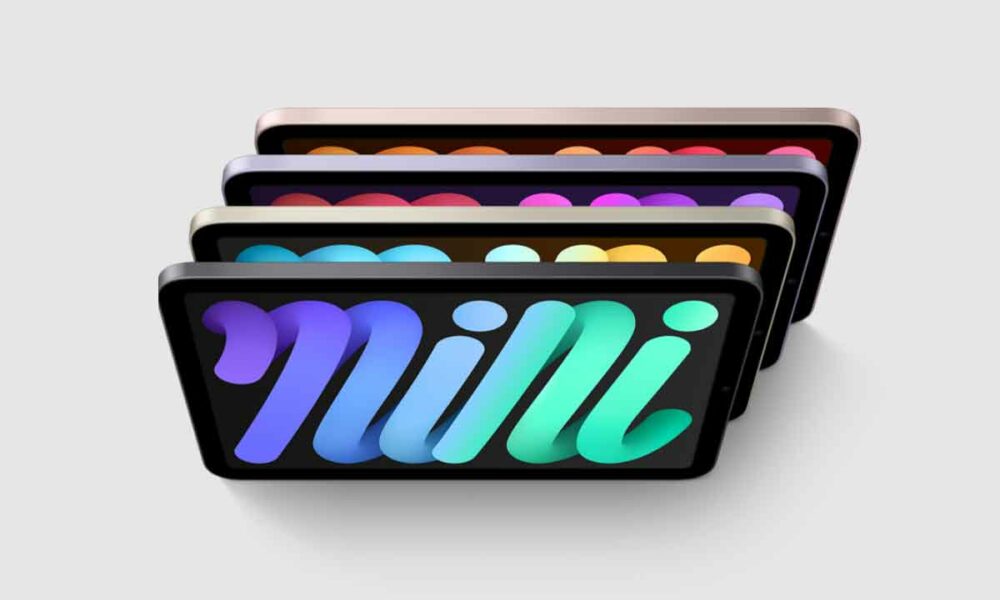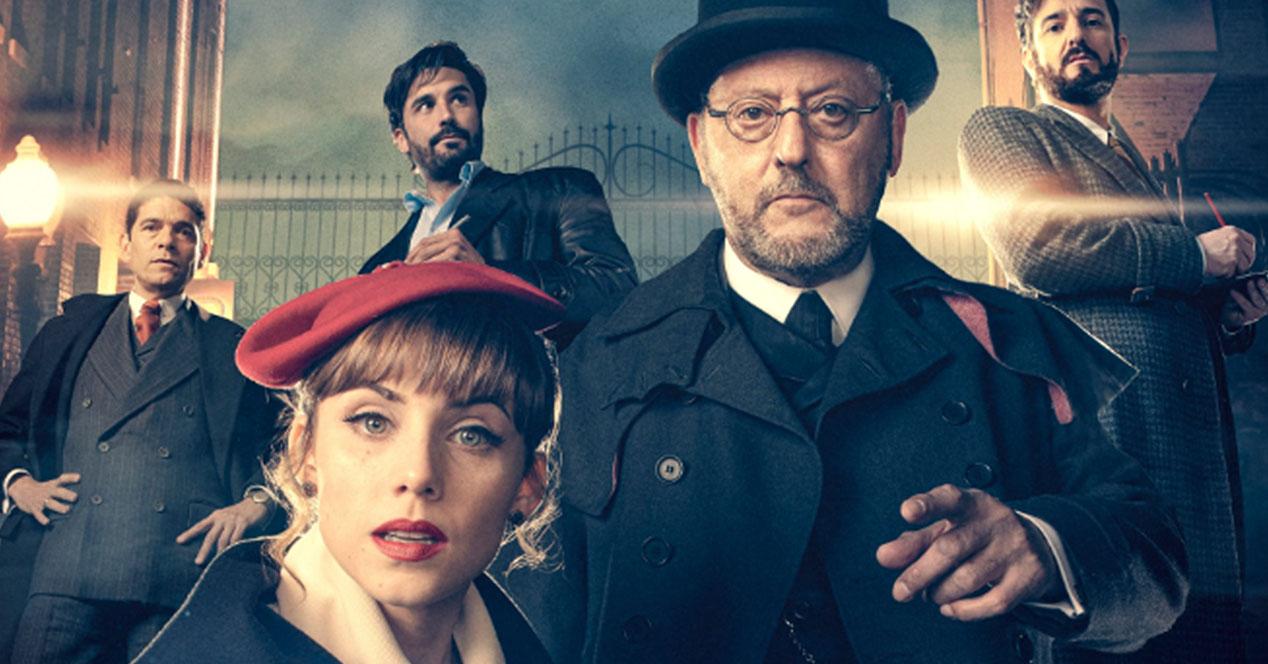
Have you ever wondered about the origins of mobile telephony? Well, let’s look back. April 3, 1973, near the Hilton Manhattan Hotel, New York. Martin Cooper, a Motorola engineer, is about to make history, and he knows it. The journalists accompany Cooper when he opens his briefcase and takes out an amazing device, at the moment a prototype, with a really amazing design and that would still take time to be available to users. With everything ready, he turned on the device, dialed a phone number, waited a few seconds, and said the following:
“Joel, this is Marty. I’m calling you from a cell phone, a real handheld portable cell phone”
Joel was Joel Engel, an engineer who worked at the mythical Bell Labs, owned at the time by AT&T. It is not known with certainty what Engel responded, but it is believed that he was silent and slow to react, since Motorola and Cooper were not expected to have won the race for the first commercial cell phone. A career that had started decades earlier, precisely at Bell Labs, when they formally proposed the idea of a cellular mobile phone system, an alternative to mobile phones for vehicles, a Motorola specialty. The objective of both companies, with cellular mobile telephony, was to create a truly portable system.
So, this call (which actually wasn’t the first, since obviously the prototype had already been tested before in the laboratory and, by the way, with the anecdote that a wrong number was dialed by mistake), yes, it was the first one that was made publicly and which served to show exceptional progress in the field of communications, and was a point scored on the scoreboard for Motorola which, thanks to this milestone, became the benchmark for mobile telephony in the United States for many years.
However, making mobile phone technology work was only the beginning. The prototype used by Cooper in the call of April 3, 1973 weighed more than two kilos, when the objective of the company, for the production of the definitive model, was that it be placed below the kilo, around 800 grams. In addition, it was necessary to deploy the cellular network necessary to provide service to the phones that were to arrive.
Consequently, more than ten years would still have to pass for that prototype to evolve into a the DynaTAC 8000xthe first mobile phone in history, which It began to be commercialized on March 13, 1984.Although at this point we must bear in mind that there were previous attempts, but the FCC, the US communications regulator, previously ruled out some models that did not meet the security considerations determined by the agency.
Today we have flat rate plans for calls, as well as offers to get mobile phones at very low prices or even free, but obviously this was not always the case. The first carriers to offer cellular service for the DynaTAC 8000x were AT&T and US Cellular, for a price that was around 50 cents a minute. Of course, that was not a problem for its users, since they had previously had to pay nothing less than $3,995 at the timewhich, taking into account accumulated inflation, would be about 10,500 euros (in case it seemed to you that the iPhone Pro Max is expensive…).

Michael Douglas as Gordon Gecko on Wall Street. This was, for many people, the first time they had seen a mobile phone, associated with power and success.
The first mobile phone was an absolute sales success (yes, despite that price), as it was massively adopted by politicians, businessmen and high-level executives, who highly valued the “great” autonomy it offered with respect to briefcase-type models, such as the well-remembered Ericsson HotLine. Why did I put great in quotes? You will understand this perfectly knowing that, with a full battery charge, it offered a range of 30 minutes in conversation and 8 hours on standby, and that to fill the battery 100% required no less than 10 hours.
C.fifty years since the first mobile call, and almost forty years since the arrival of the first mobile device on the market, with the battery integrated in it, are little more than a breath, but a breath very well used by the electronics and telecommunications industry. The evolution experienced by devices, networks and services is spectacular, and makes us wonder how we will remember today’s mobile telephony and telecommunications fifty years from now. It’s hard to believe that such a remarkable evolution can take place, but on the other hand, we’re talking about technology, a field that has grown exponentially.
Not everything has gone for the better, yes, because doing an exercise in nostalgia I have started looking for more information about the Motorola DynaTAC 8000x, a direct descendant of the phone used in the call of April 3, 1973, just to confirm that yes, It was very big, it was very expensive, the battery life was very short and everything else… but yes, it included the charger.


